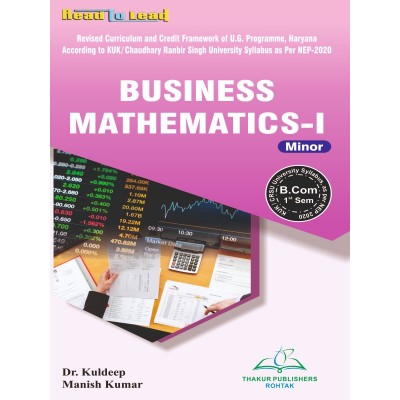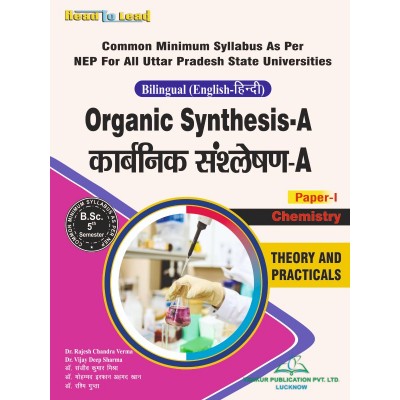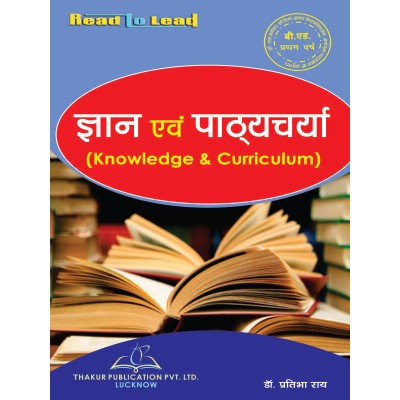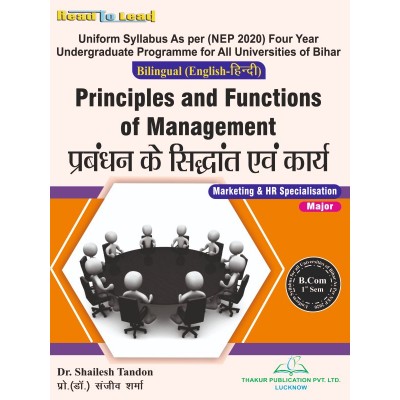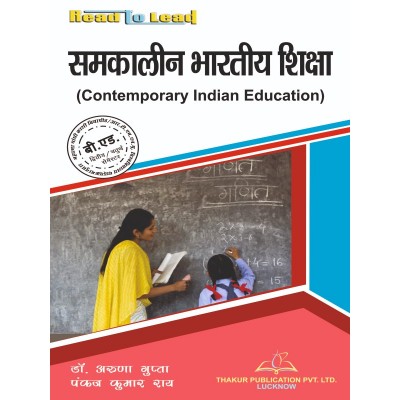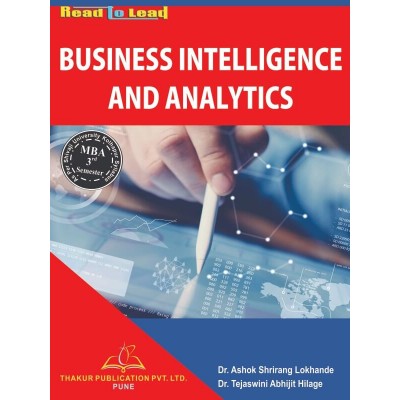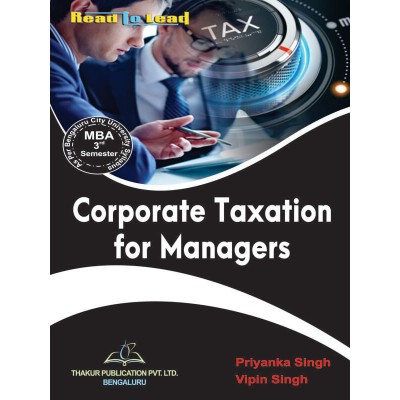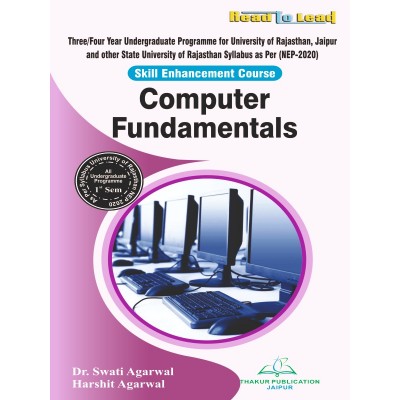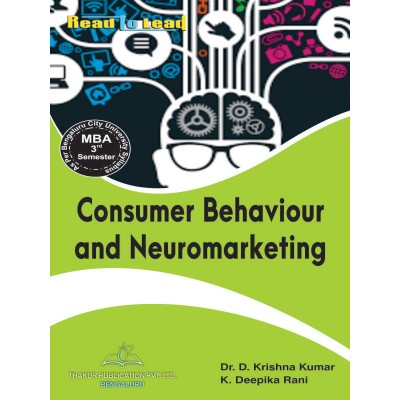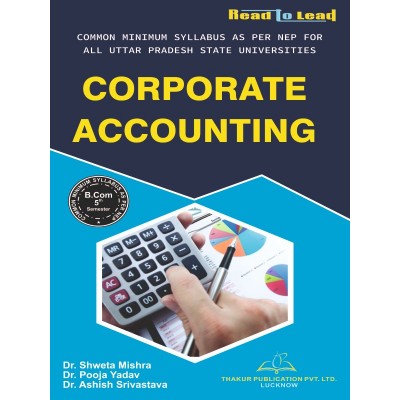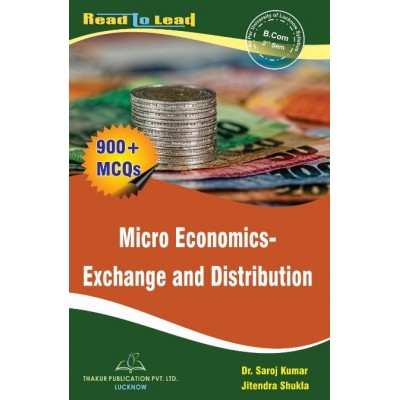(History इतिहास ) History of India from Earliest time 550 CE B.A Third Sem BIHAR
Tax excluded
Click below to Buy E-Book Edition:
Buy Latest (History) History of India from Earliest time 550 CE MJC - MIC - 3 ( इतिहास ) Book in Hindi Language for B.A 3rd Semester Uniform Syllabus As per (NEP 2020) Four Year Undergraduate Programme for All Universities of Bihar By Thakur Publication. Written by Experienced Authors | Fast Delivery |
AUTHORS : Dr. Sanjay Nath Sharma , Dr. Sobha Kumari
ISBN : 978-93-6180- 289-8
ikB~;Øe
MJC 3: Hkkjr dk bfrgkl& çkjfEHkd dky ls 550 bZ- rd
bdkbZ I& lzksr] bfrgklys[ku vkSj çkxSfrgkfld Hkkjr
1) lzksr& 550 bZ- rd ds çkphu Hkkjrh; bfrgkl dk oSKkfud lkfgR;] {ks=h; Hkk"kk vkSj /kkfeZd lkfgR;A
2) çkxSfrgkfld Hkkjr dk ,d losZ{k.k& iqjkik"kk.k] e/;ik"kk.k] uoik"kk.k vkSj rkezik"kk.k laL—fr;k¡A
3) fla/kq& ljLorh lH;rk] fla/kq] ljLorh lH;rk vkSj oSfnd lH;rk ds laca/k ij cglA
4) fla/kq dh egRoiw.kZ fo'ks"krk,a& ljLorh lH;rk] bldh fujarjrk] ljLorh lH;rk dk iru vkSj vfLrRoA
bdkbZ II& vk;Z lH;rk
1) Hkkjr esa vk;ksaZ dh mRifÙk vkSj ekr`Hkwfe] vk;Z vkØe.k ds feFkd& fofHkUu fl)karA
2) oSfnd laL—fr;k¡] iwoZ oSfnd vkSj mÙkj&oSfnd lkfgR; vkSj oSfnd jktuhfr] lekt vkSj vFkZO;oLFkkA
3) oSfnd /keZ vkSj n'kZuA
4) egkdkO; lkfgR; vkSj laL—fr] dky fu/kkZj.k dh leL;k,a vkSj egkdkO;ksa dh ,sfrgkfldrkA
bdkbZ III& Hkkjr NBh 'krkCnh bZlk iwoZ ls ekS;Z dky rd
1) lzksr
2) NBh 'krkCnh bZlk iwoZ esa Hkkjr esa egktuin] x.kra= vkSj 'kgjh dsaæksa dk fodkl] ex/k lkezkT;okn dk mn;A
3) NBh 'krkCnh bZlk iwoZ esa /kkfeZd ç.kkfy;k¡] ckS) /keZ vkSj tSu /keZA
4) ekS;Z lkezkT;] paæxqIr ekS;Z ç'kklu] v'kksd vkSj v'kksd dk /kEeA ekS;Z lekt] ekS;Z lkezkT; dk iru] ;wukuh vkØe.k vkSj mldk çHkkoA
bdkbZ IV& ekS;ksZÙkj dky
1) lzksr-
2) ekS;ksZÙkj ;qx esa x.kra= dh ekU;rkA
3) baMks&xzhd] 'kd] dq"kk.k] 'kqax] [kkjosy] lkrokgu& lekt vkSj laL—fr] dykA okLrqdyk vkSj flDdk fuekZ.kA
4) laxe ;qx& ekS;ksZÙkj ;qx esa laxe lkfgR;] lekt] laL—fr vkSj fons'kh O;kikjA
bdkbZ V& xqIr lkezkT;
1) lzksr-
2) xqIr 'kkld ,oa muds ledkyhuA
3) xqIr ç'kkluA
4) xqIr dyk] okLrqdyk] /keZ] lkfgR; vkSj foKku ,oa çkS|ksfxdh dk fodklA
bdkbZ VI& nf{k.k Hkkjrh; bfrgkl esa laxe ;qx
1) lzksr-
2) psjA
3) ikaMîA
4) çkjafHkd pksyA
Syllabus
MJC 3: History of India; From Earliest Times to 550 C.E.
Unit I: Sources, Historiography and Prehistoric India
1) Sources: Scientific Literature, Regional Language and Religious Literature of Ancient Indian History up to 550 C.E.
2) A Survey of Prehistoric India: Palaeolithic, Mesolithic, Neolithic and Chalcolithic Cultures.
3) The Indus: Saraswati Civilization, Debate on the relationship f Indus, Saraswati Civilization and Vedic Civilization.
4) Significant features of Indus: Saraswati Civilization, its continuity, fall and survival of Saraswati Civilization.
Unit II: Aryan Civilization
1) Origin of Aryans and Homeland in India, Myths of Aryan Invasion, Various theories.
2) Vedic Cultures: Early Vedic and Post-Vedic Literature and Vedic Polity, Society and Economy.
3) Vedic Religion and Philosophy.
4) Epic Literature and Culture: Problems of Dating and Historicity of the Epics.
Unit III: India from Sixth Century BCE to Mauryan Age
1) Sources.
2) India in the Sixth Century BCE Mahajanpada, Republic and Growth of Urban Centres, Rise of Magadhan Imperialism.
3) Religious systems in the 6th century BCE, Buddhism and Jainism.
4) The Maurya Empire, Chandragupta Maurya administration, Ashok and Ashoka’s Dhamma. Mauryan Society, Fall of Mauryan Empire Greek Invasion and its Impact.
Unit IV: Post Mauryan Age
1) Sources.
2) Recognization of Republic in Post Mauryan Age.
3) Indo-Greek, Saka, Kushan, Shunga, Kharvela, Satvahanas; Society and Culture, Art. Architecture and Coinage.
4) Sangam Age: Sangam Literature, Society, Culture and Foreign Trade in Post Mauryan Age.
Unit V: Imperial Guptas
1) Sources.
2) Imperial Guptas and their Contemporaries.
3) Gupta Administration.
4) Gupta Art, Architecture, Religion. Literature and Development of Science and Technology.
Unit VI: Sangam Age in South Indian History
1) Sources.
2) Cheras.
3) Pandyas.
4) Early Cholas.
ikB~;Øe
MIC 3: Hkkjr dk bfrgkl& çkjfEHkd dky ls 550 bZ- rd
bdkbZ I& lzksr] bfrgklys[ku vkSj çkxSfrgkfld Hkkjr
a) 550 bZ-iw- rd ds çkphu Hkkjrh; bfrgkl ds lzksrA
b) çkxSfrgkfld Hkkjr dk ,d losZ{k.k& iqjkik"kk.k] e/;ik"kk.k] uoik"kk.k vkSj rkezik"kk.k laL—fr;k¡A
c) fla/kq&ljLorh lH;rk] iqu#RFkku ds fy, ,d cglA
d) fla/kq&ljLorh lH;rk dh egRoiw.kZ fo'ks"krk,a] bldh fujarjrk esa fxjkoVA
bdkbZ II& vk;Z lH;rk
a) vk;ksaZ dh mRifÙk vkSj Hkkjr esa mudh ekr`HkwfeA
b) oSfnd ;qx& lekt vkSj vFkZO;oLFkkA
c) oSfnd /keZ vkSj n'kZuA
d) egkdkO; lkfgR; ¼jkek;.k vkSj egkHkkjr½A
bdkbZ III& NBh 'krkCnh bZlk iwoZ ls ekS;Z ;qx rd Hkkjr
a) egktuin-
b) çkphu Hkkjr esa x.kra=A
c) ex/k lkezkT;okn
d) ckS) /keZ vkSj tSu /keZA
bdkbZ IV& ekS;ksZÙkj ;qx
a) aekS;Z lkezkT;] paæxqIr ekS;Z] v'kksd vkSj v'kksd dk /kEe] ekS;Z lkezkT; dk iruA
b) baMks&xzhd] 'kd] dq"kk.k] 'kqax] [kkjosy] lkrokgu] lekt vkSj laL—fr] dyk] okLrqdyk vkSj flDdk fuekZ.k-
c) laxe ;qx& laxe lkfgR;] lekt vkSj laL—frA
bdkbZ V& xqIr lkezkT;
a) xqIr 'kkld vkSj muds ledkyhuA
b) xqIr ç'kkluA
c) xqIr dyk] okLrqdyk] /keZA lkfgR; vkSj foKku ,oa çkS|ksfxdh dk fodklA
bdkbZ VI& nf{k.k Hkkjrh; bfrgkl esa laxe ;qx
a) psjA
b) ik.M~;A
c) çkjafHkd pksyA
Syllabus
MIC 3: History of India; From Earliest Times to 550 C.E.
Unit I: Sources, Historiography and Prehistoric India
a) Sources of Ancient Indian History up to 550 C.E.
b) A Survey of Prehistoric India: Palaeolithic, Mesolithic, Neolithic and Chalcolithic Cultures.
c) The Indus – Saraswati Civilization, A debate for resurgence.
d) Significant features of Indus- Saraswati Civilization, its continuity and decline.
Unit II: Aryan Civilization
a) Origin of Aryans and their Homeland in India.
b) Vedic Age: Society and Economy.
c) Vedic Religion and Philosophy.
d) Epic Literature (Ramayan and Mahabharata).
Unit III: India from Sixth Century BCE to Mauryan Age
a) Mahajanpada.
b) Republic in Ancient India.
c) Magadhan Imperialism
d) Buddhism and Jainism.
Unit IV: Post Mauryan Age
a) The Maurya Empire, Chandragupta Maurya, Ashoka and Ashoka’s Dhamma, Fall of Mauryan Empire.
b) Indo-Greek, Saka, Kushan, Shunga, Kharvela, Satvahanas; Society and Culture, Art. Architecture and Coinage.
c) Sangam Age: Sangam Literature, Society and Culture
Unit V: Imperial Guptas
a) Imperial Guptas and their Contemporaries.
b) Gupta Administration.
c) Gupta Art, Architecture, Religion. Literature and Development of Science and Technology.
Unit VI: Sangam Age in South Indian History
a) Cheras.
b) Pandyas.
c) Early Cholas.










